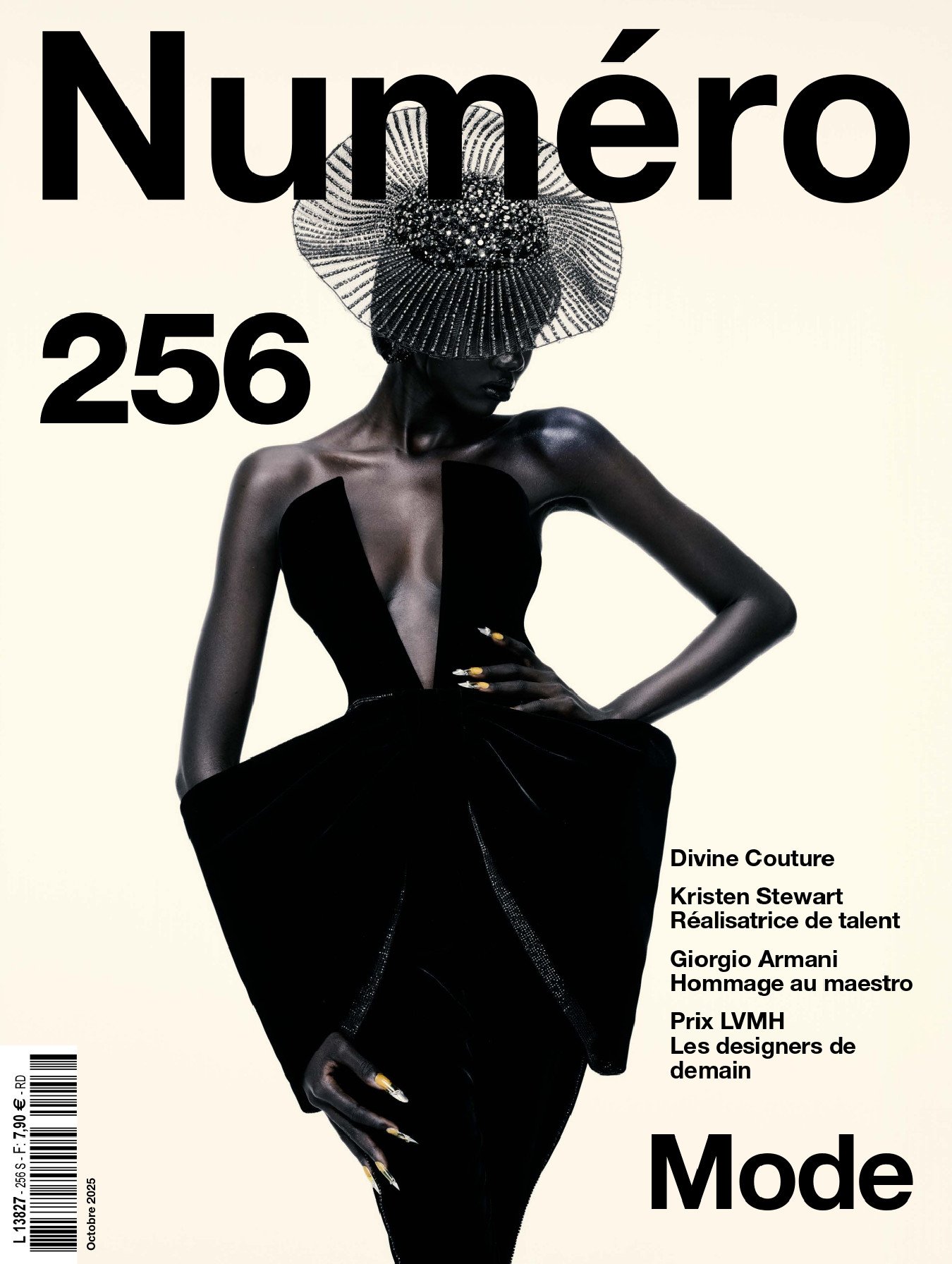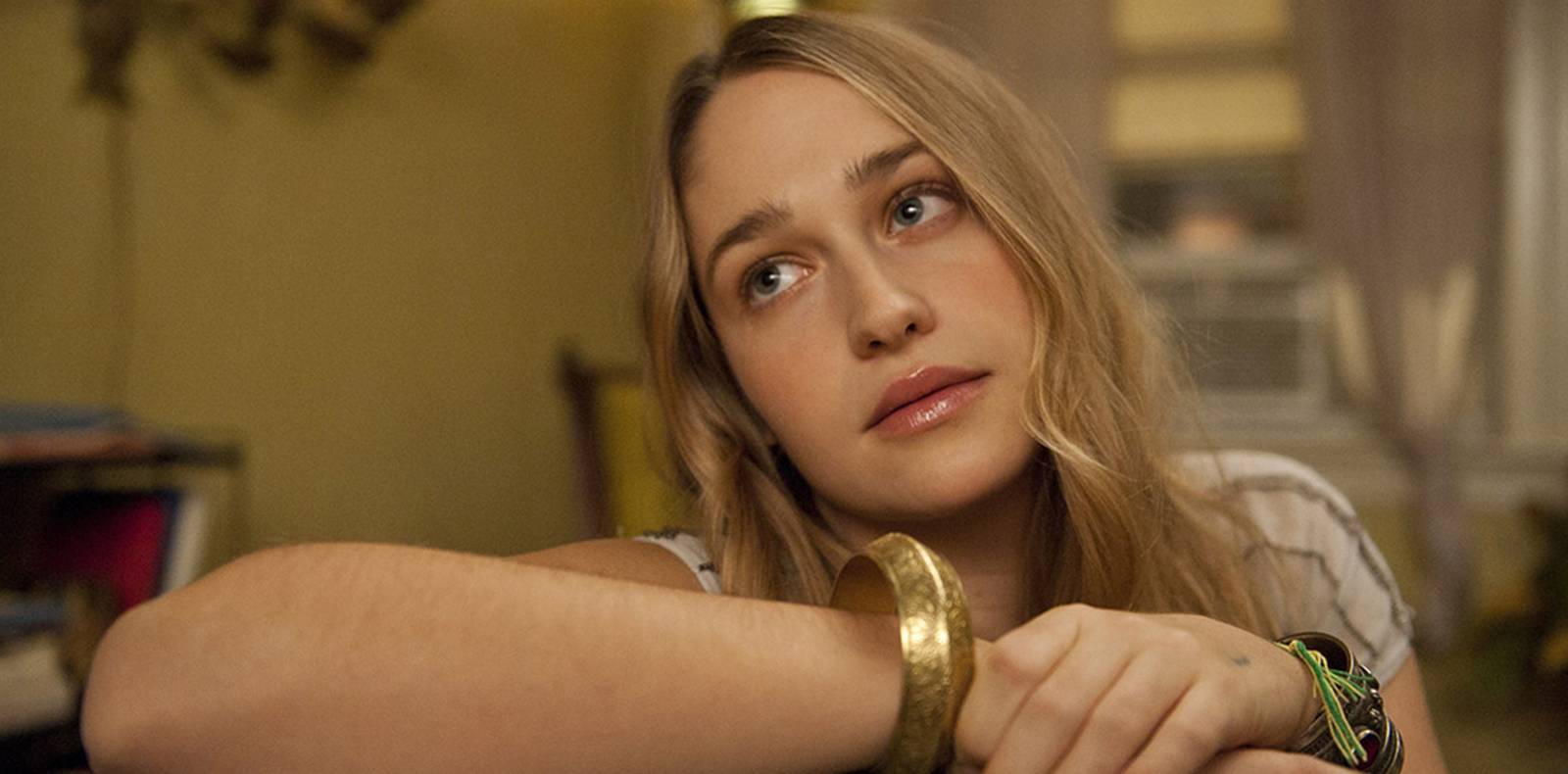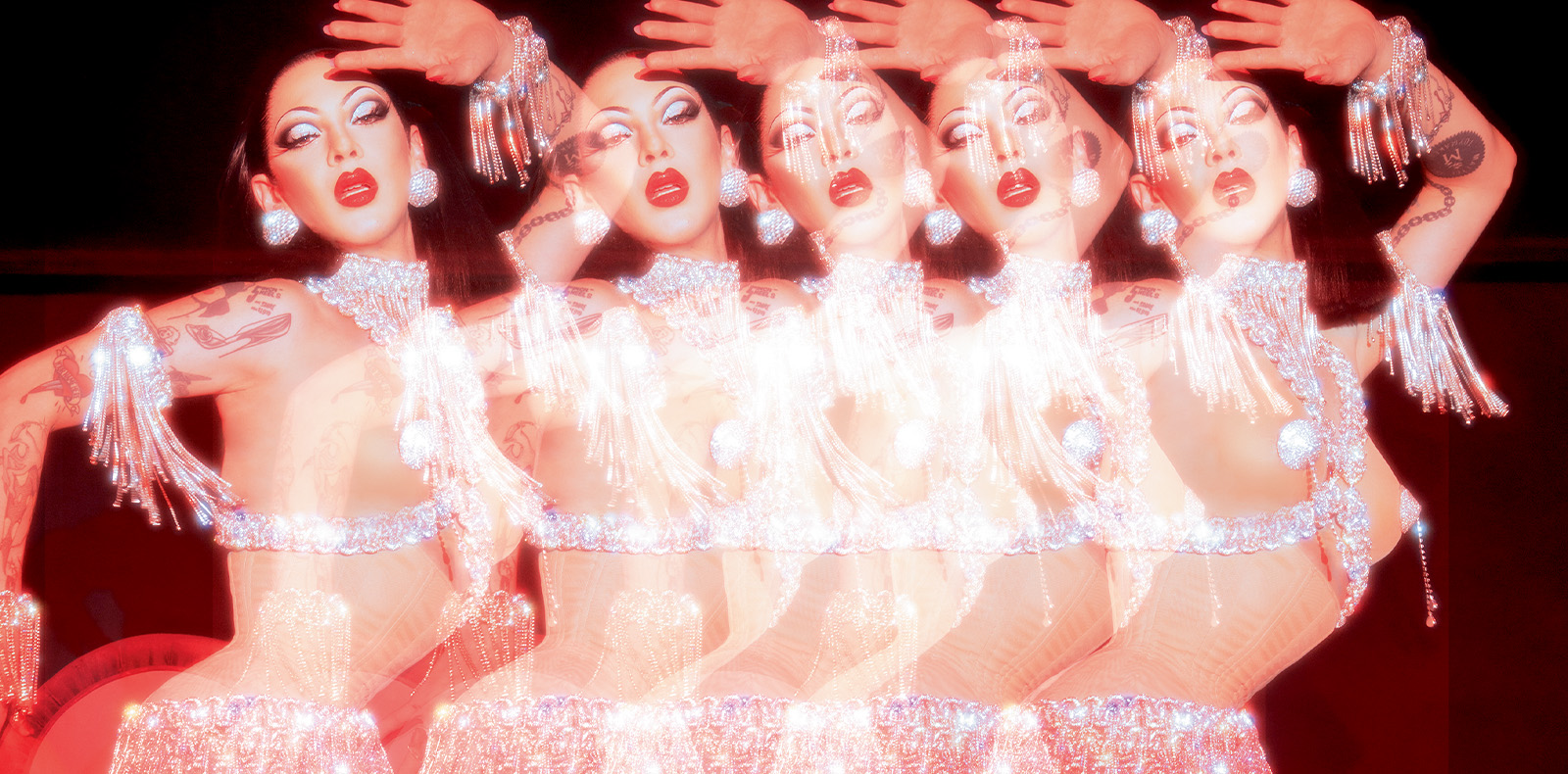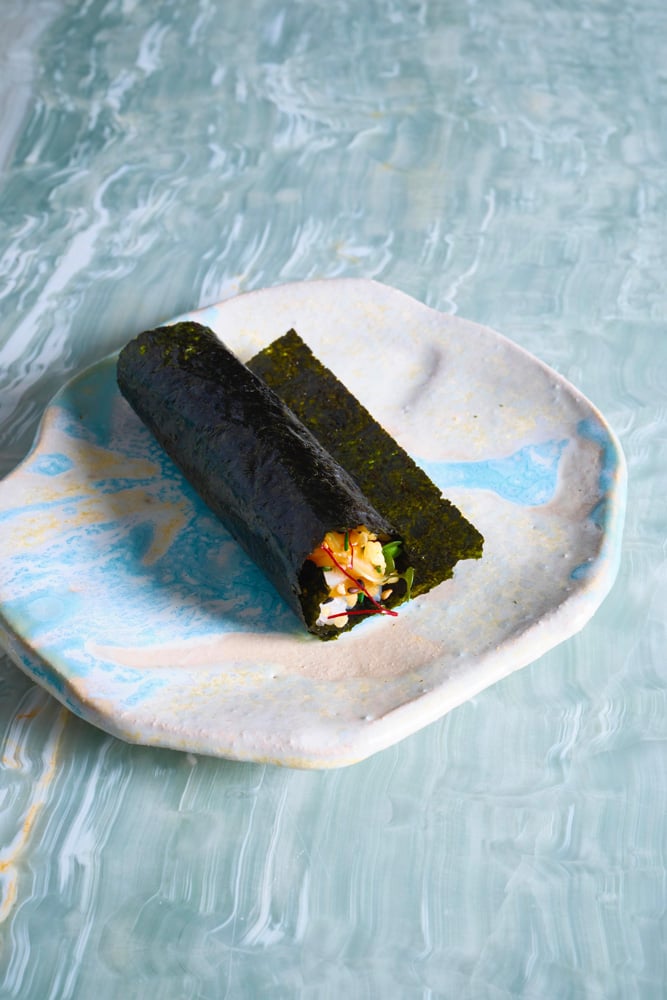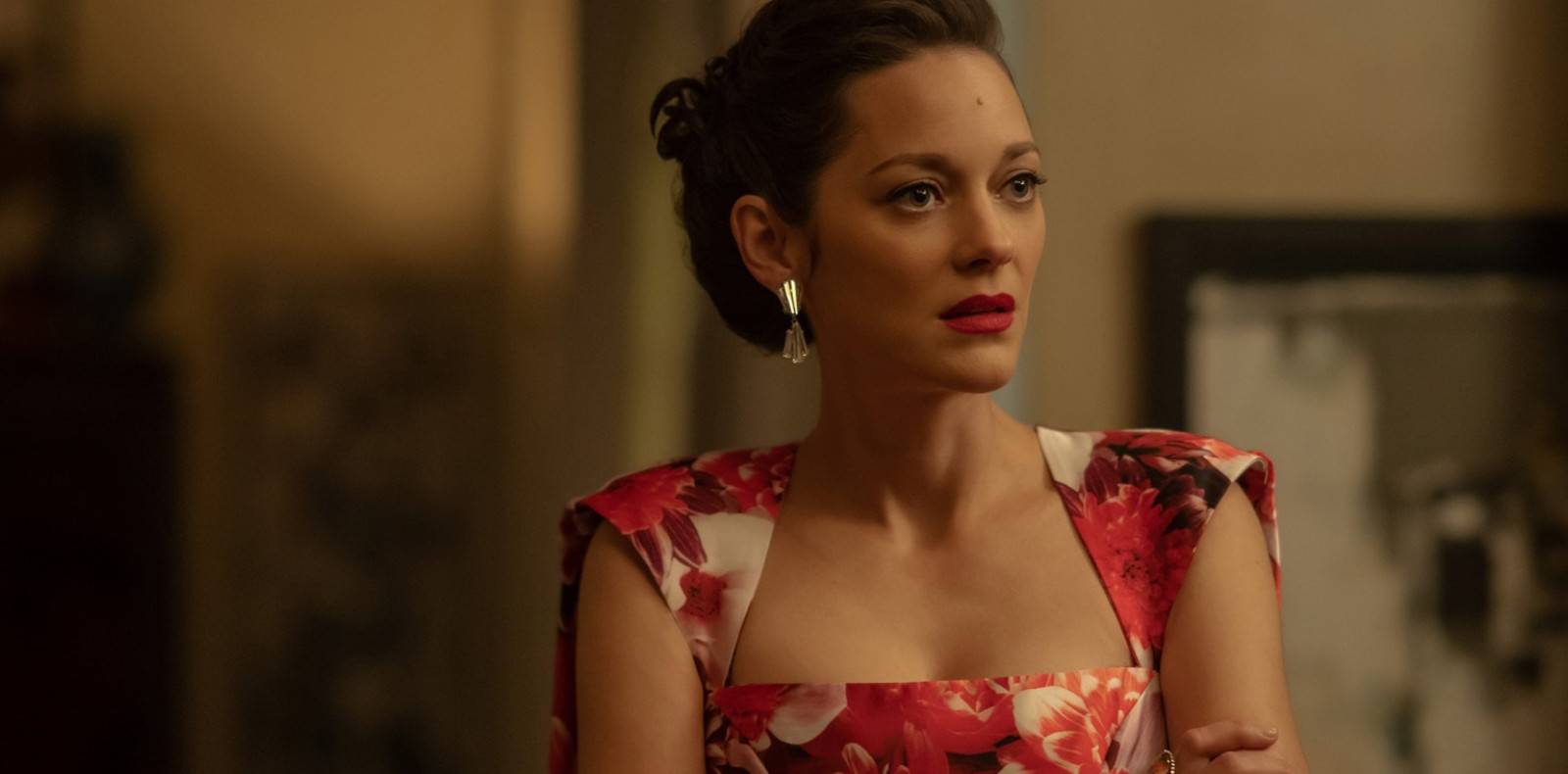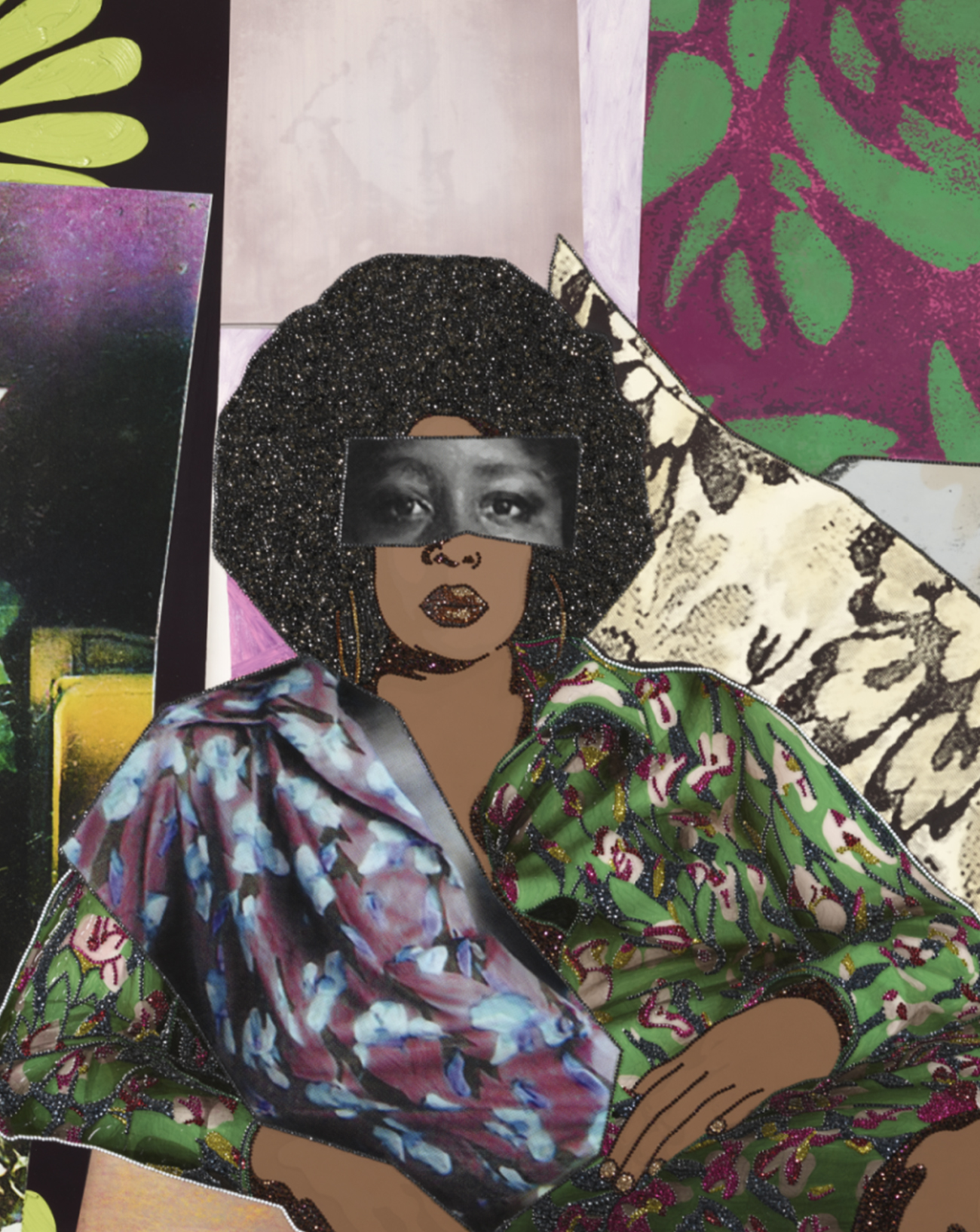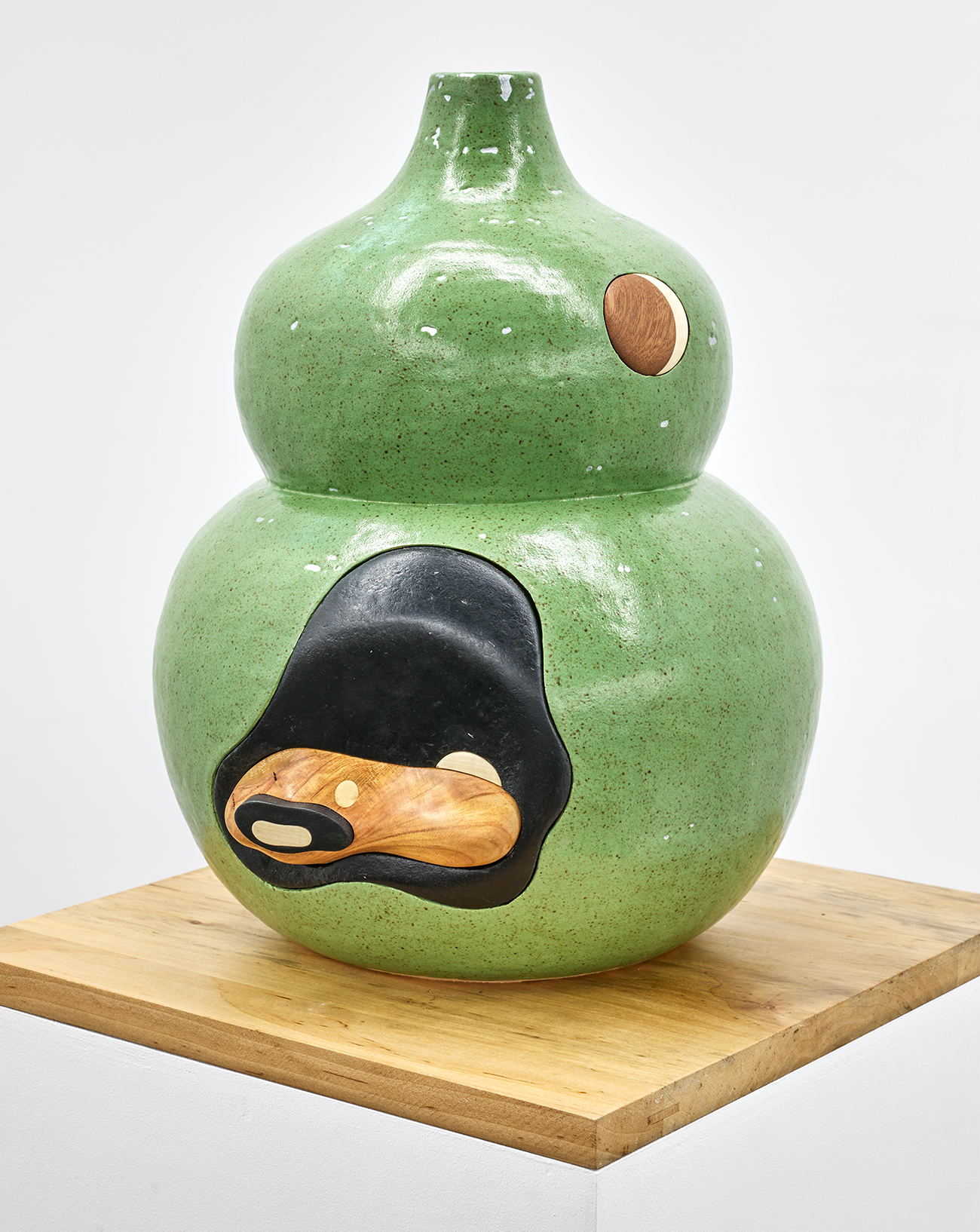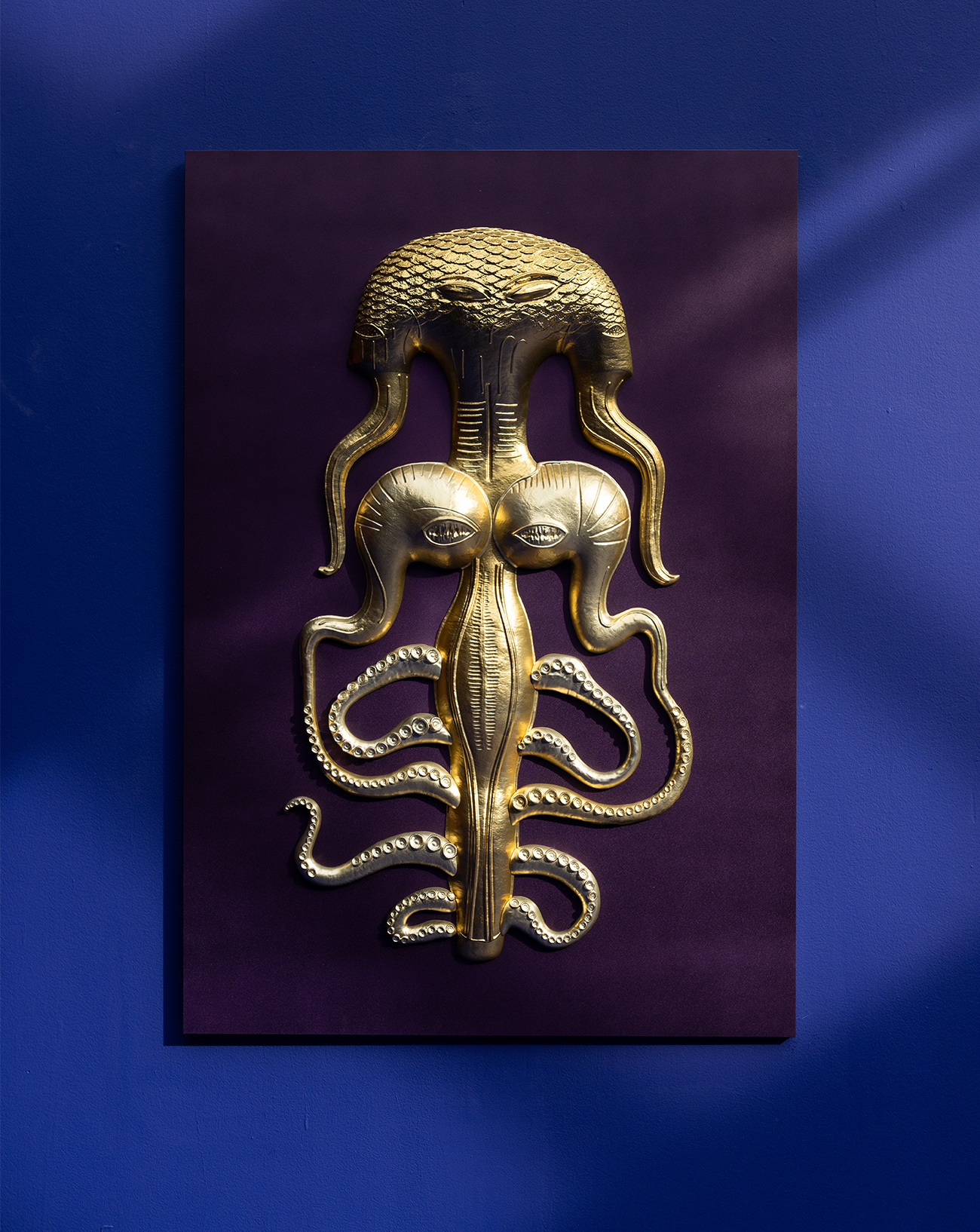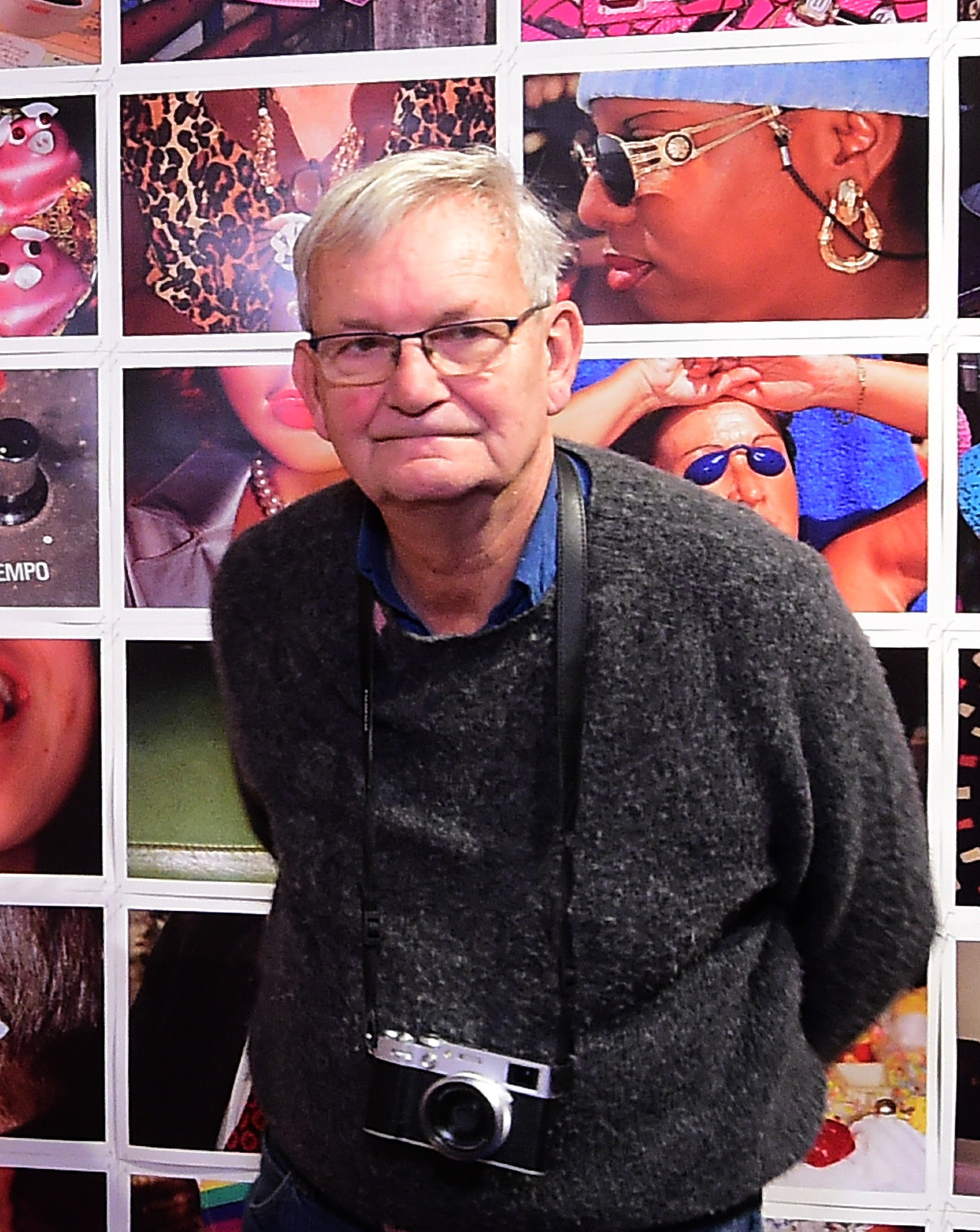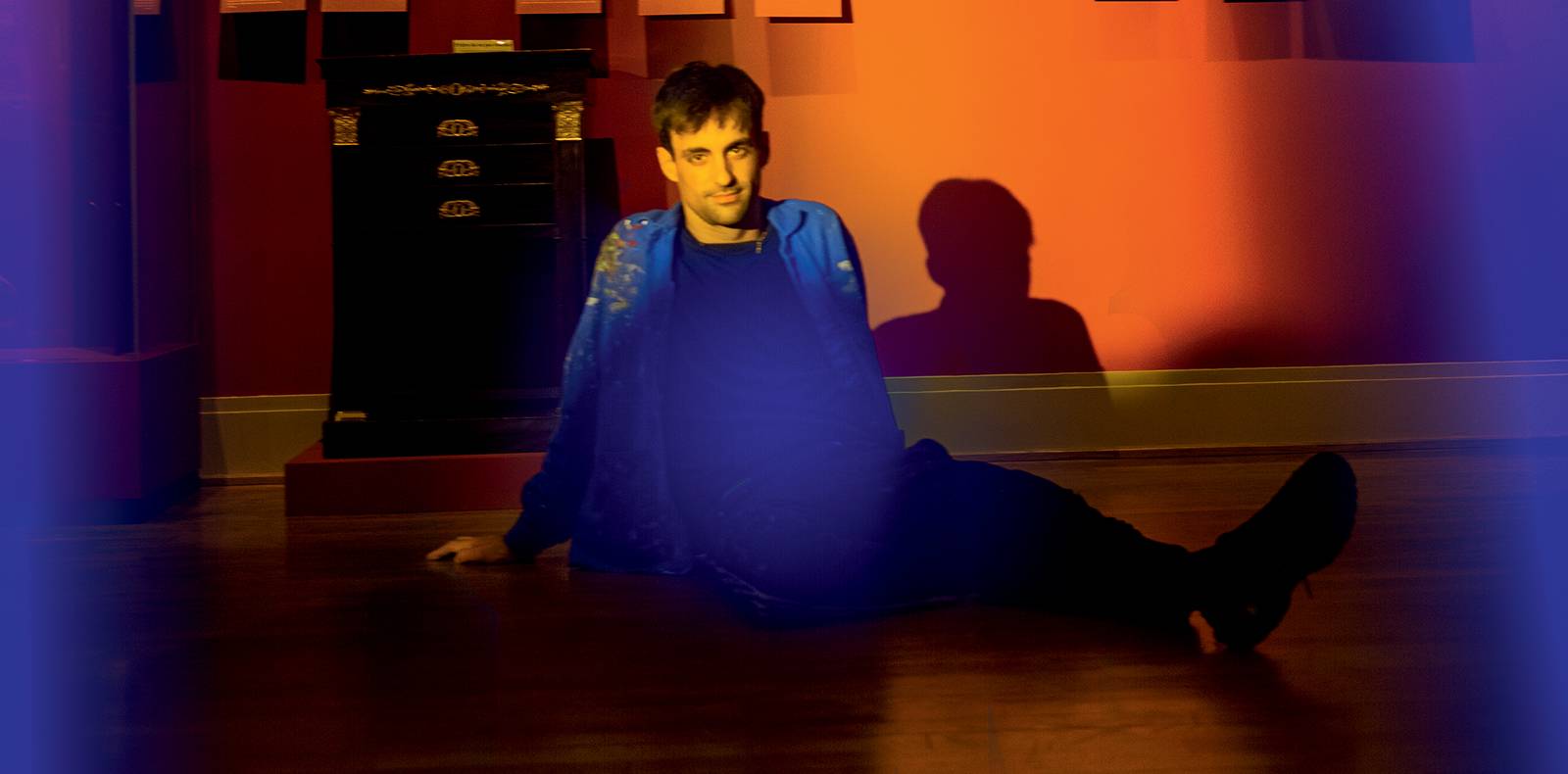
11
FIAC 2021: Jean Claracq’s ultra-modern paintings shake up the Musée Delacroix
On the occasion of the 47th edition of the FIAC, the Musée Eugène-Delacroix is once again hosting a contemporary artist for a few days, invited to create a dialogue with the nineteenth-century Romantic painter. This year, the choice of the fair fell on Jean Claracq, a young French figurative painter noted for his meticulous and enigmatic canvases in a very small format whose youthful characters embody the attitudes of modern melancholy. The fruit of this meeting between two painters and two eras can be discovered from October 13 to November 1.
Published on 11 October 2021. Updated on 31 May 2024.
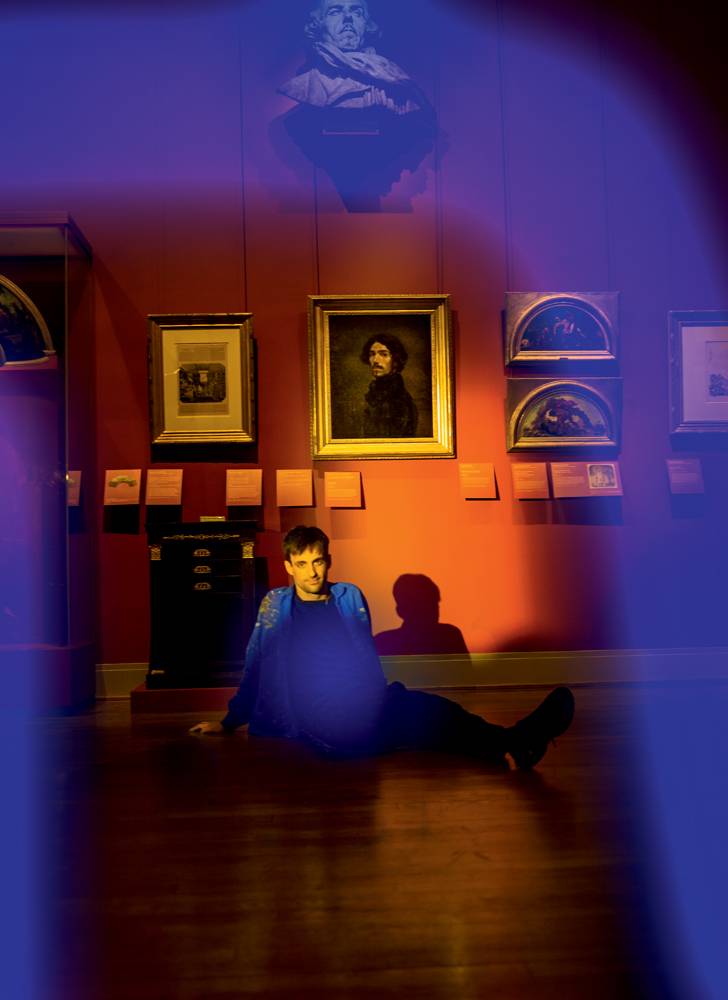
In parallel with the Grand Palais Ephémère on the Champs de Mars, in which it is organising its 47th edition this year, the FIAC is extending its programme to several places in the French capital, such as the Place Vendôme or the Tuileries Gardens. This is an opportunity to (re)discover the Eugène-Delacroix Museum, which since 2015 has joined the party by hosting the projects of contemporary artists in its discreet premises in the sixth arrondissement. After José María Sicilia, Katinka Bock and Glenn Brown, in 2019, Jean Claracq is invited to make his work resonate with the work of the great representative of pictorial romanticism. At the age of 30, the Frenchman is part of the new guard of figurative painting with his meticulous canvases that look like genre scenes whose actors, mainly young boys lost between the grids of urban buildings and digital screens, embody, in miniature formats, the attitudes of modern melancholy.
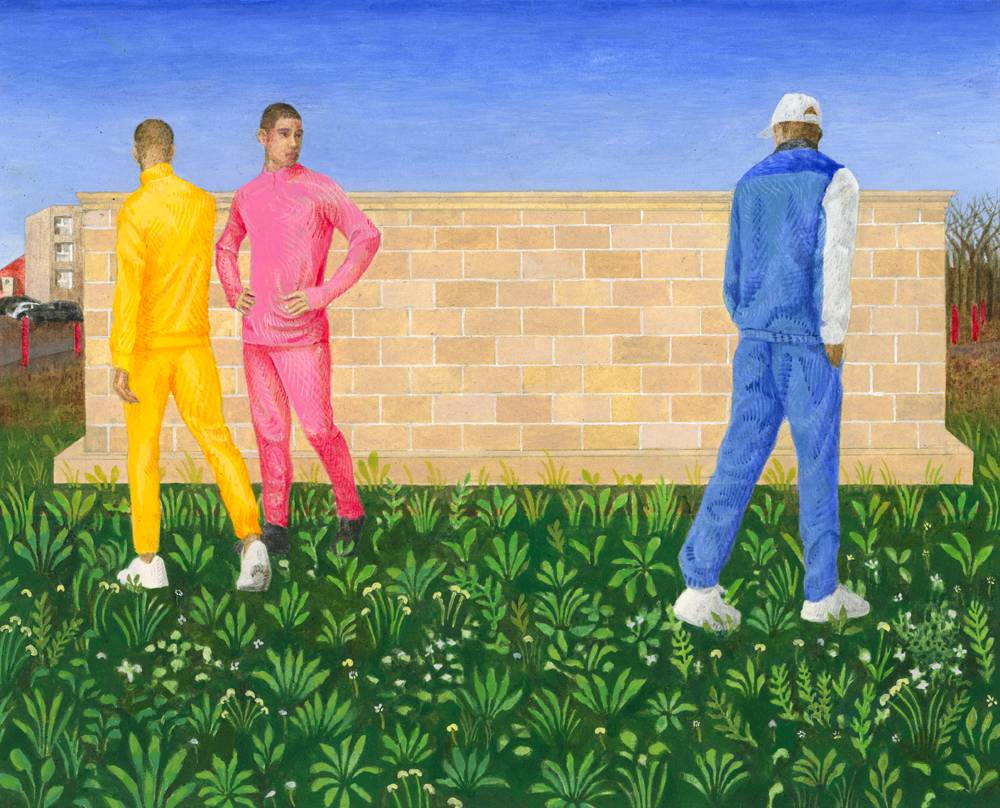
After presenting a new installation at the Fondation Louis Vuitton and signing the poster for the last Roland-Garros, the artist has been in tune with the author of Liberty Leading the People by immersing himself in his long diary, from which he has gone through almost everything, from his most trivial notes to his reflections on genius, through the description of his daily life as an artist. Touched by the story of his emotions and his failures in love, as well as by his portrait of a young man from 1828 and by a painting inspired by Romeo and Juliet from the museum’s collections, Jean Claracq started from the nineteenth century to go back to the sixteenth century and his youthful romances narrated by Shakespeare’s theatre.
Far from direct and literal references to Delacroix, Jean Claracq’s new works produced in recent months signal these historical contexts with subtle details, such as the towers of a castle protruding from a fence or the face of Queen Elizabeth I drawn on a cloth. Present in Claracq’s paintings since his debut at the Beaux-Arts in Paris, the sweetness of youth is found in new portraits whose absorbed gazes recall those once depicted by his romantic counterpart. In Delacroix’s former bedroom, an intimate and cramped space where the artist spent the end of his life before taking his last breath, these new works will be invited on the walls, making the contemporary painter the conductor of a new dialogue.
